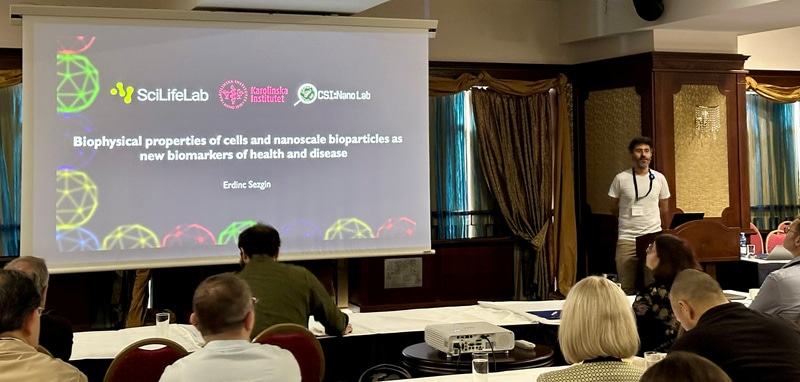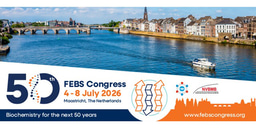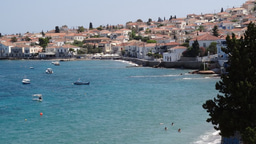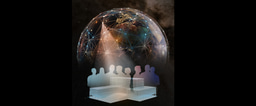Breaking boundaries and making bonds

When a community is warm and open, their meetings naturally reflect that spirit. Although I was already familiar with many of the key figures in the Sphingolipid biology field, this was my first time attending the FEBS Special Meeting 'Sphingolipid Biology: Breaking Boundaries'. On the first day, I found myself searching the room for familiar faces and old friends. By the last day, I knew every participant and it felt like a family gathering coming to an end. Without exaggeration, this was one of the most vibrant and engaging meetings I’ve ever attended.
Openness and unity
What stood out to me first was the openness of the people. Everyone was incredibly friendly, yet also constructively critical of new data, including their own. The senior scientists, in particular, were very committed to uplifting junior researchers through thoughtful comments and suggestions, a nice contrast to many other meetings I’ve attended. Another highlight was the strong sense of unity within the field. Discussions were consistently around how to grow together, increase impact, and advance collectively.
Diversity
At first, this meeting might seem like a niche meeting with a focus on a single type of lipid class. However, the diversity of the meeting was remarkable. While naturally (glyco)sphingolipids were the central theme, the range of topics covered was vast, spanning various diseases, model organisms, cellular processes, technologies, and methodologies. I was invited as a speaker to give a seminar on our new tools, which are not really focussed on sphingolipids. However, I was pleasantly surprised that the seminar was received really well; several participants approached me later to discuss our new techniques and collaborate in the future.
Organization
The organization of the meeting was clearly designed to maximize interaction. Each lunch was arranged with the day’s speakers, giving participants exclusive face time with the speakers. Poster sessions were structured to ensure every poster received attention. Round-table discussions after each session encouraged big-picture thinking. And because all participants stayed in the same hotel, the evenings were filled with lively and meaningful conversations. The program also offered small breaks where we could bond with others through not only scientific discussions but also small activities like hiking, table tennis, and running.
Overall, the meeting was a truly enriching experience for me. I’m already in touch with three researchers I met there, and we’re exploring potential collaborations. While I continue to build on the connections and insights from this event, I’m already looking forward to the next Sphingolipid meeting with great enthusiasm.

All images provided by the author.





Join the FEBS Network today
Joining the FEBS Network’s molecular life sciences community enables you to access special content on the site, present your profile, 'follow' contributors, 'comment' on and 'like' content, post your own content, and set up a tailored email digest for updates.